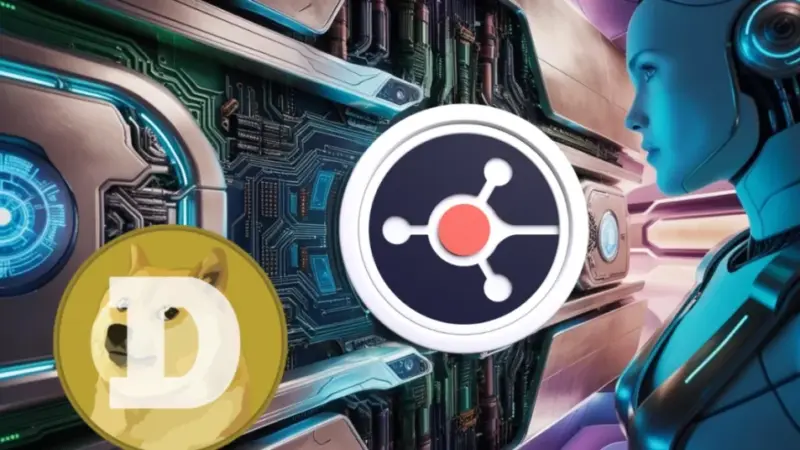Why did Ethereum rebrand ETH 2.0 to “Consensus Layer?”
In an attempt to avoid confusion in the future over terminology on its network, the second-largest blockchain, Ethereum, has scrapped old terms like “Ethereum 1.0” and “Ethereum 2.0,” replacing them with new branding.
No more “ETH 2.0”
Ethereum Foundation disclosed this crucial move in a blog post that it would no longer use the terms “ETH 1.0” and “ETH 2.0” to describe the upgrades ongoing on the blockchain.
According to the developers, the upgrades will now be referred to as the “execution layer” and “consensus layer.”
This means that ETH 1.0, the current network consensus that is better known for its reliance on the Proof-of-Work (PoW) mechanism, will be known as the “execution layer.”
On the other hand, the much anticipated ETH 2.0 upgrade, which uses a Proof-of-Stake (PoS) mechanism, will henceforth be known as the “consensus layer.”
Ethereum developers have been working on upgrading the current PoW mechanism to unite it with the PoS chain. This process is expected to be completed by June of this year.
With the incoming Proof-of-Stake mechanism, Ethereum would no longer depend on an energy-intensive process of mining new coins; instead, validators will be charged with verifying new transactions by staking their ETH holdings.
Why the change of name is happening
Available information reveals that ETH foundation was changing the names to reduce the confusion and misconception associated with ETH 1 and ETH 2.0
It noted that some users “intuitively think that ETH 1 comes first and ETH 2 comes after. Or that ETH 1 (will) cease to exist once ETH 2 exists. Neither of these is true.”
Another reason given for the name change was revealed to be to prevent scams. It highlighted that scammers have seldom taken advantage of the numbers attached to defraud unsuspecting individuals about the network.
Scammers often trick users into believing that they need to upgrade from the current consensus mechanism to the ETH 2.0. This, most of the time confuses users and usually ends in the loss of funds.
Ethereum’s Arrow Glacier update
Recently, Ethereum implemented the Arrow Glacier update, designed to delay the “difficulty bomb” — a mechanism that makes it difficult to mine Ethereum — to around the middle of this year.
It is expected that after Ethereum finally transitions into a proof of stake model, the “bomb” will no longer exist on the network as validators will require less computing power to verify transactions.
Overall, Ethereum blockchain users can expect that when the upgrade is finally completed, the network will become more scalable, secure, and sustainable like most of its current rivals.
The post Why did Ethereum rebrand ETH 2.0 to “Consensus Layer?” appeared first on CryptoSlate.


